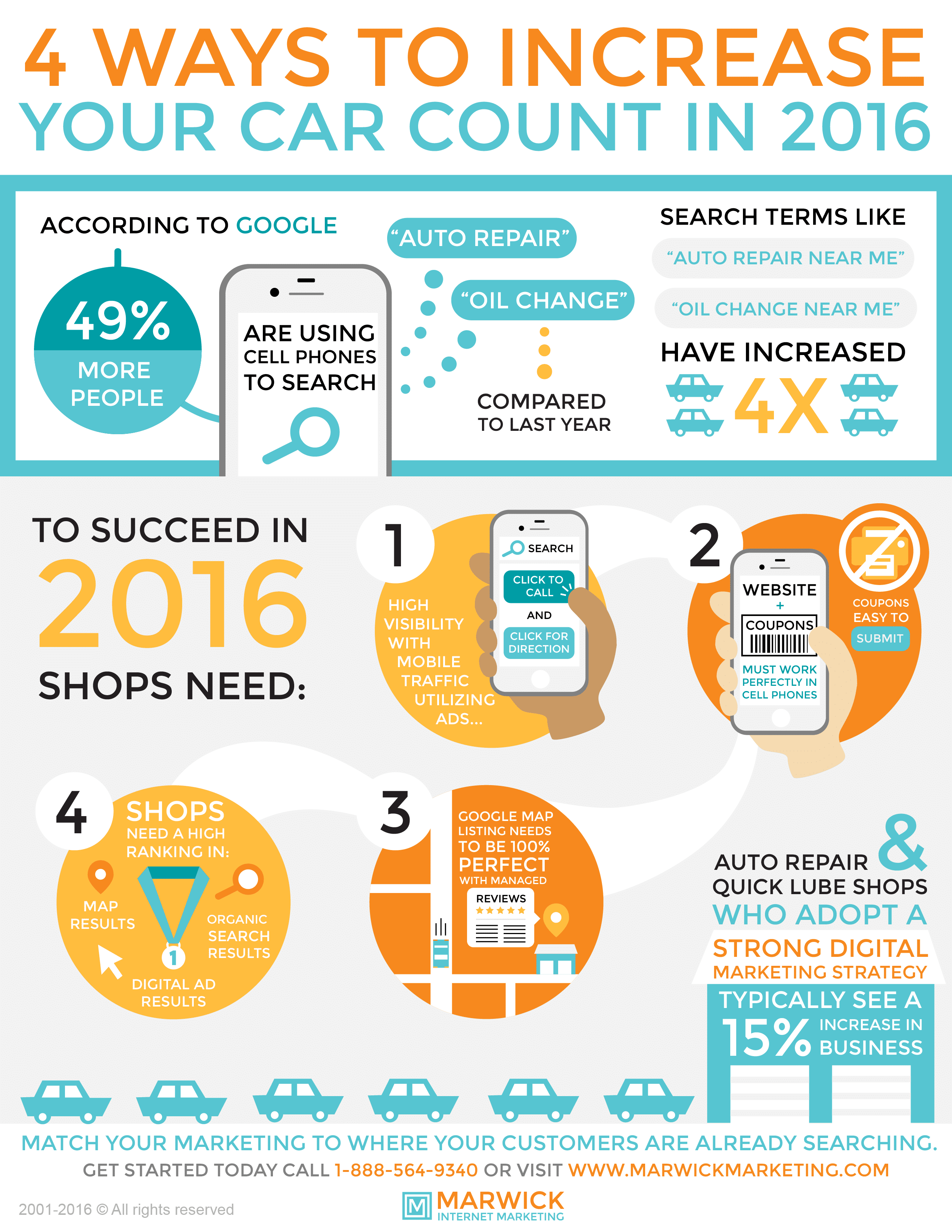Eager To Recognize What The Control Panel Caution Lights In Your Auto Represent? Explore Their Definitions For The Well-Being And Safety And Security Of Your Car
Eager To Recognize What The Control Panel Caution Lights In Your Auto Represent? Explore Their Definitions For The Well-Being And Safety And Security Of Your Car
Blog Article
https://oilchangecost39528.blog-a-story.com/10094038/develop-your-car-outlining-skills-with-seasonal-suggestions-to-maintain-your-auto-shining-and-safeguarded-discover-how-to-take-on-each-season-s-special-difficulties Written By-Samuelsen Dalgaard
When you're behind the wheel, those radiant caution lights on your dashboard can be a bit perplexing. Do you recognize what they're attempting to tell you regarding your automobile's health? Understanding the significance of these lights is essential for your security and the long life of your car. So, the next time among those lights appears, would not you want to decipher its message accurately and take the essential actions to address it?
Common Caution Lighting and Interpretations
Determine usual caution lights in your car and comprehend their significances to make sure secure driving.
The most regular caution lights consist of the check engine light, which signals issues with the engine or exhausts system. If this light comes on, it's essential to have your car examined without delay.
The oil pressure cautioning light suggests reduced oil stress, calling for instant attention to prevent engine damages.
A blinking battery light may suggest a defective charging system, potentially leaving you stranded otherwise dealt with.
The tire stress tracking system (TPMS) light signals you to low tire stress, influencing car security and gas performance. Neglecting Click Link could bring about harmful driving problems.
The abdominal muscle light indicates a trouble with the anti-lock stopping system, jeopardizing your capability to stop promptly in emergencies.
Last but not least, the coolant temperature alerting light warns of engine overheating, which can lead to serious damage if not dealt with promptly.
Recognizing these usual caution lights will assist you resolve problems without delay and keep safe driving problems.
Importance of Prompt Attention
Understanding the usual warning lights in your auto is just the first step; the importance of immediately resolving these cautions can not be highlighted sufficient to ensure your safety and security on the road.
When a caution light brightens on your dashboard, it's your auto's means of interacting a potential issue that needs interest. Disregarding these warnings can result in more severe troubles later on, jeopardizing your safety and security and potentially costing you much more in repairs.
Motivate interest to warning lights can avoid failures and accidents. For example, a flashing check engine light can suggest a misfire that, if left ignored, can cause damage to the catalytic converter. Resolving this immediately can save you from an expensive repair service.
Likewise, a brake system warning light could indicate low brake fluid or worn brake pads, vital components for your safety and security when driving.
Do It Yourself Troubleshooting Tips
If you discover a warning light on your control panel, there are a few DIY troubleshooting suggestions you can attempt before seeking specialist assistance.
The first step is to consult your auto's handbook to comprehend what the particular caution light suggests. In some cases the problem can be as basic as a loose gas cap activating the check engine light. Tightening up the gas cap may settle the trouble.
An additional common concern is a reduced battery, which can cause various cautioning lights. Checking professional detailers for rust and guaranteeing they're secure could take care of the issue.
If a caution light lingers, you can try resetting it by detaching the cars and truck's battery for a couple of mins and after that reconnecting it. Furthermore, inspecting your automobile's liquid degrees, such as oil, coolant, and brake fluid, can aid troubleshoot alerting lights related to these systems.
Final thought
Finally, comprehending your auto's warning lights is crucial for keeping your vehicle running efficiently and securely. By promptly addressing these signals and recognizing what they mean, you can stay clear of pricey fixings and potential break downs.
Bear in mind to consult your car's manual for particular details on each warning light and act as necessary to make sure a trouble-free driving experience.
Keep notified, remain safe when driving!
